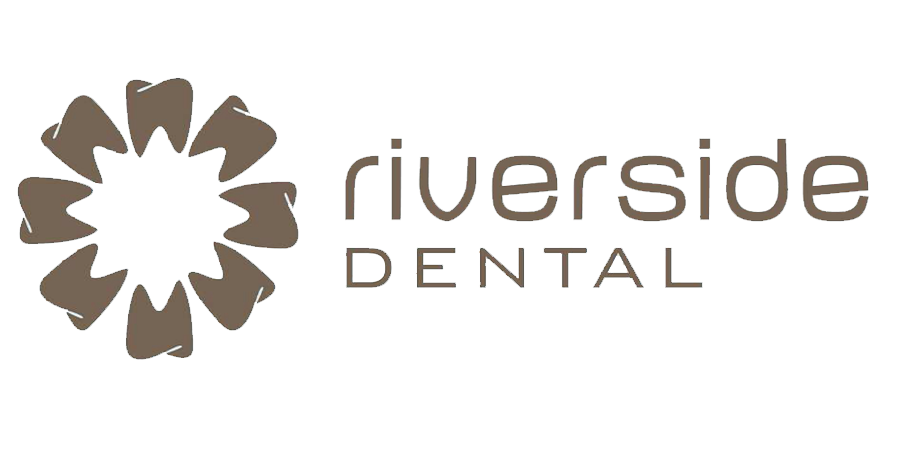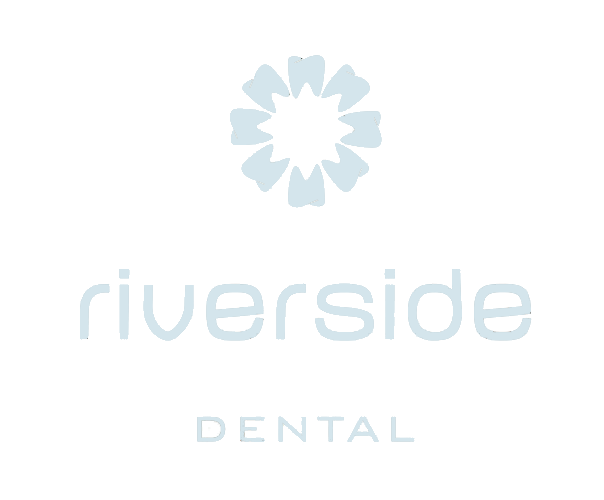by
Dr Patrick O’Rourke
Submitted May 1, 2017
Many would believe that clear aligners are a recent innovation to Dentistry and Orthodontics but their conception date back to 1940’s with an Orthodontist named Dr. H.D. Kesling’s “tooth positioner” that first appeared in 1945. This was an appliance made from rubber that looked similar to a sports mouth guard and enclosed both teeth quadrants. This was used at the end of the treatment in conjunction with a fixed brace to significantly shorten the time that it took to make the final corrections to the position of the teeth. Positioners are still available today but they have long since been made from flexible silicon. Many orthodontists came upon the idea of using two-piece positioners for just one teeth quadrant. These look very similar to today’s aligners.
The concept continued to develop from here but the process was time consuming as after each aligner a new impression had to be taken and a new aligner was made. As technology increased and the age of computer aided design immerged, a couple of Stanford University MBA graduates Zia Chishti and Kelsey Wirth. Wirth had traditional braces in high school (she reportedly hated them). Chishti had finished adult treatment with traditional braces and then wore a clear plastic retainer.
Chishti noticed that if he didn’t wear his retainer for a few days, his teeth shifted slightly, but the plastic retainer soon moved his teeth back to the desired position.
It is interesting to note that neither Chishti nor Wirth had formal dental training. They were both traditional braces users who were tired of dealing with teeth issues. They used their knowledge and understanding of computers to create an invaluable solution for patients who wanted a nearly invisible alternative to braces
In 1997, he and Wirth applied 3-D computer imaging graphics to the field of orthodontics and created Invisible Braces.
Invisible braces are a relatively new innovation, largely because the technology required to create the series of aligners relies heavily on computer 3D modeling software, which has come a long way in the past two decades.
Legal disputes are now the major disruption to aligner therapy. Many believe that the patents given to Chishti and Wirths’ Company Align should not have been granted as it was not new idea.
Zia Chishti was ousted from Align Technology in 2002. In 2005 he developed Orthoclear, a significant competitor and very similar to invislaign. This resulted in several legal disputes involving allegations of patent infringement, false advertising, defamation and trademark infringement. The case was settled in 2006. Align paid OrthoClear $20 million and OrthoClear agreed to end its operations and cease business. This lead to a number of clinicians being left high and dry.
One such clinician was Willis Pumphrey from Houston Texas in 2001 he started to use Invisalign. He decided to switch to Orthoclear because of the way Orthoclear manufactured its aligners and to reduce his lab fees. When the manufacturer ceased he had 400 patients to finish. He collaborated with his technician and created ClearCorrect. The company distributes its product throughout the United States, and in 2011 was named the fastest-growing health company in America by inc magazine.
Since 2008 Align technology has made significant advancements and changes in the material used for aligners. The material allows greater control of tooth movement and the flexibility allows force to be more continuous over a greater number of days. Attachments have significantly changed over last 8 years allowing greater predictability in tooth movement and making certain movements not possible now possible. With introduction of power ridges, ramps and optimised attachments allow more predictable movements and treatment of a greater range of malocclusions than ever before. Introduction of G3, G4, G5 and G6 innovations.
G3 2011 Easier to treat class II and III patients, precision cuts use of elastics, passive aligners Smart force introduced 2010 has been improved, power ridges for lower anteriors and lingual power ridges for upper incisors, optimised rotation attachments for premolars. New variation for canine attachments
G4 Next generation smartforce, optimised root control attachments, new multi tooth approach for open bite, new optimised multi-plane movements
G5 innovations for deep bite 2014 introducing the pressure area to better enable intrusion, optimised deep bite attachments on pre molars for extrusion, bite ramps to create posterior space
G6 2015 premolar extraction following clincheck pro introduction and the smart stage technology.
The experience and know-how Invisalign has developed includes a wealth of information about individual tooth movements and all types of malocclusions, and about what moves teeth predictably and what doesn’t. This information is a tremendous resource that gives rise to new insights, new treatment planning ideas, feature sets, software protocols, and more. No other single individual or company can harness digital treatment data on this scale. Their depth of experience aids and accelerates our technology innovation every day.

